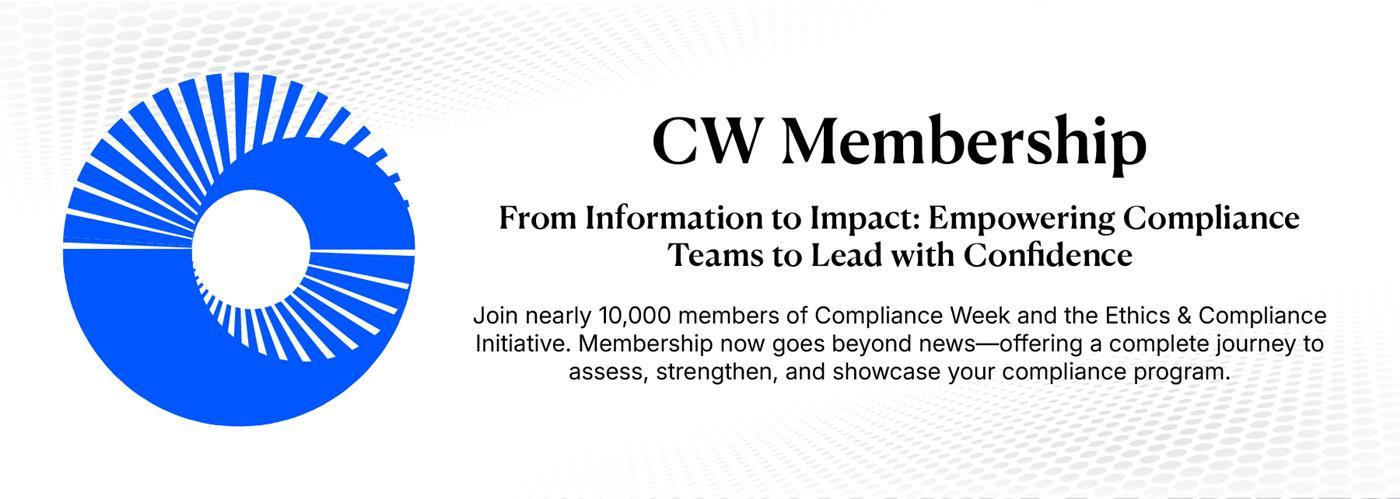Chapter 4: Tangible measures of cultural progress at Volkswagen

“When we analyzed the root cause for the diesel scandal,” Volkswagen Board Member Hiltrud Werner said at Compliance Week’s National Conference in 2018, “we found that in Volkswagen more than in other companies we have these ‘chimney careers,’ where people never left their own area of responsibility. If you were in finance, you always were in finance, and either you planned to level up in this area or not.”
“That means that if someone in such an environment … goes to his manager and says, ‘Look, I think I have a better idea how to do that,’ it could be perceived as a threat to the manager,” Werner went on. “If you think you have nowhere to go, then probably the chance that you take this [suggestion] as a threat is quite high.”
The German term for chimney career is “schornsteinkarriere,” and it refers to when an individual is only promoted within his/her silo. Werner analyzed the long-term cultural repercussions of a schornsteinkarriere and determined that not only can it impact a manager’s ability to be open-minded, but it can also muzzle an employee from speaking up in the first place.
“If you come into an organization in your mid-20s, and you have a boss on top of you and you stay in that area, he might even be your boss in 20 years. Maybe you have evolved two steps, but he has as well, so he’s still your boss. … We found in our analysis that this might adversely affect a speak-up culture,” Werner explained.
THIS IS MEMBERS-ONLY CONTENT
You are not logged in and do not have access to members-only content.
If you are already a registered user or a member, SIGN IN now.













